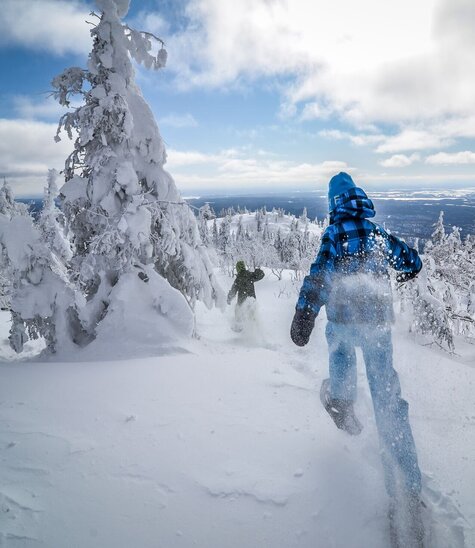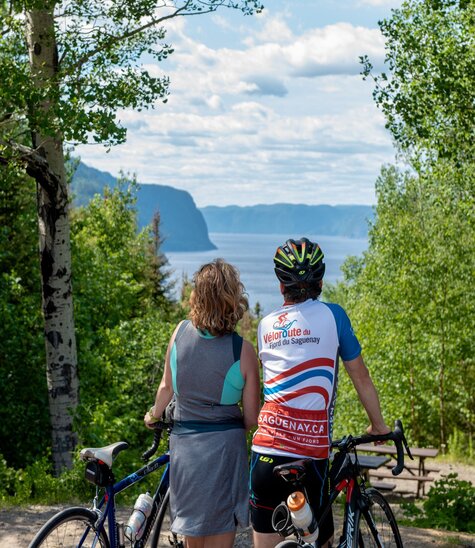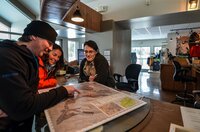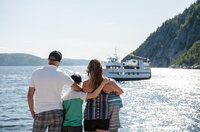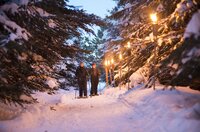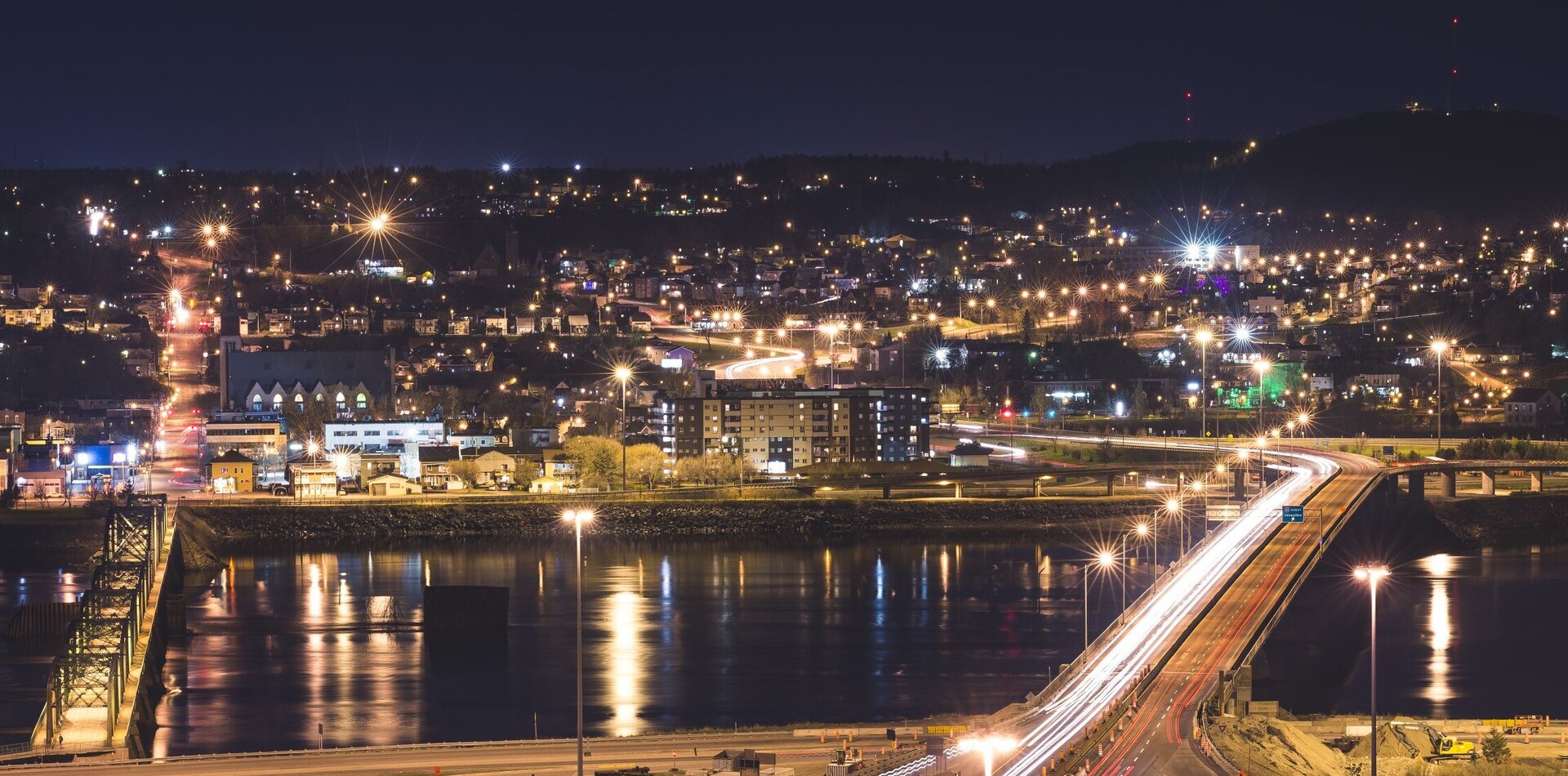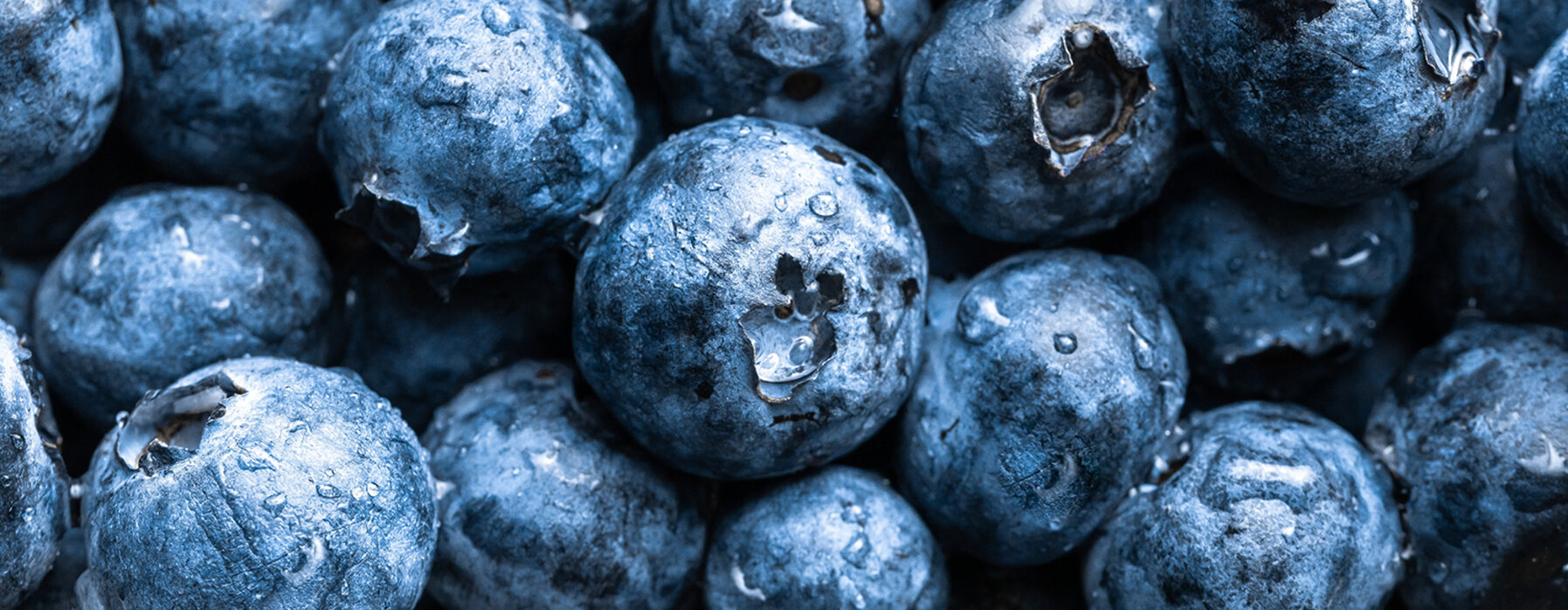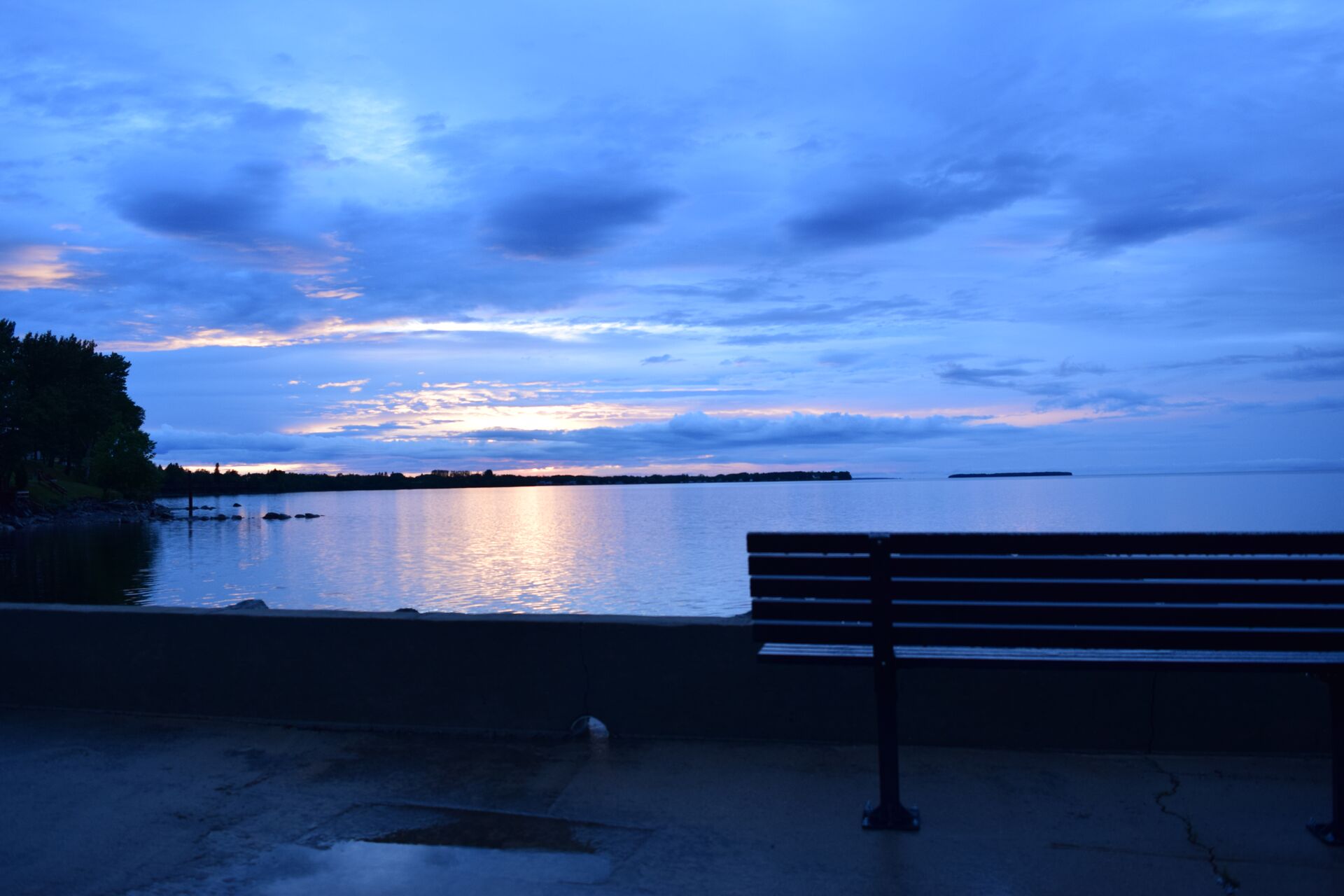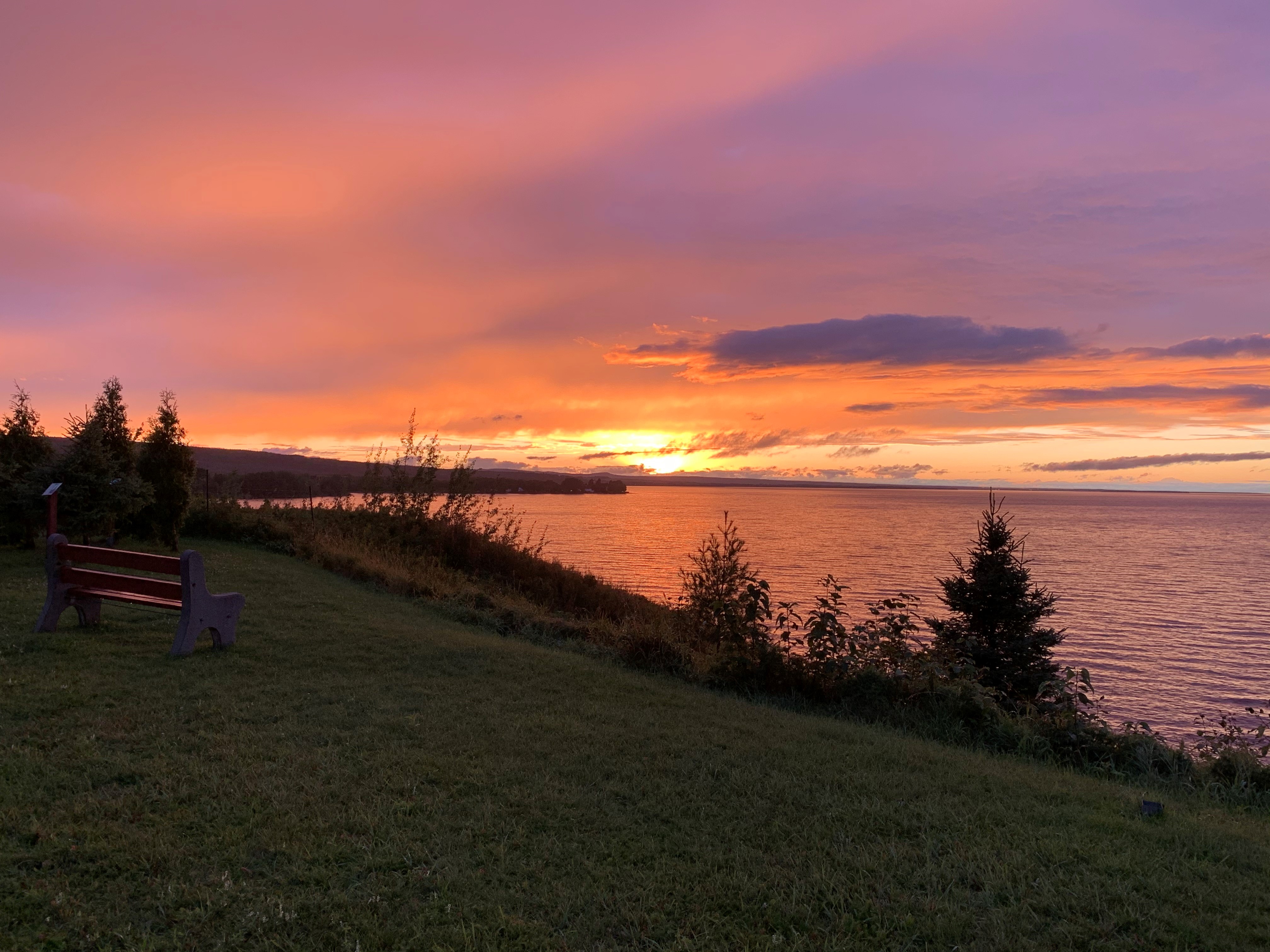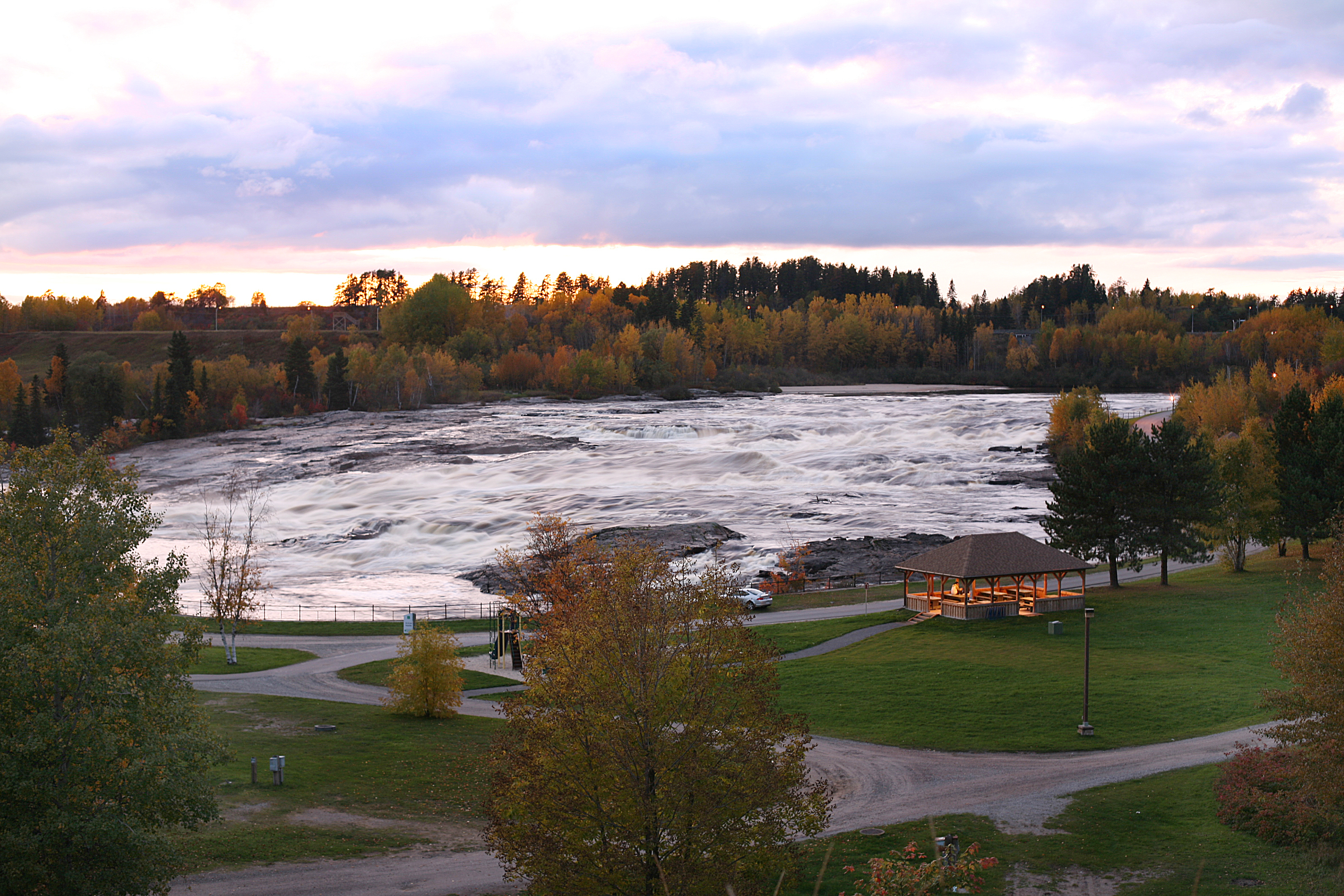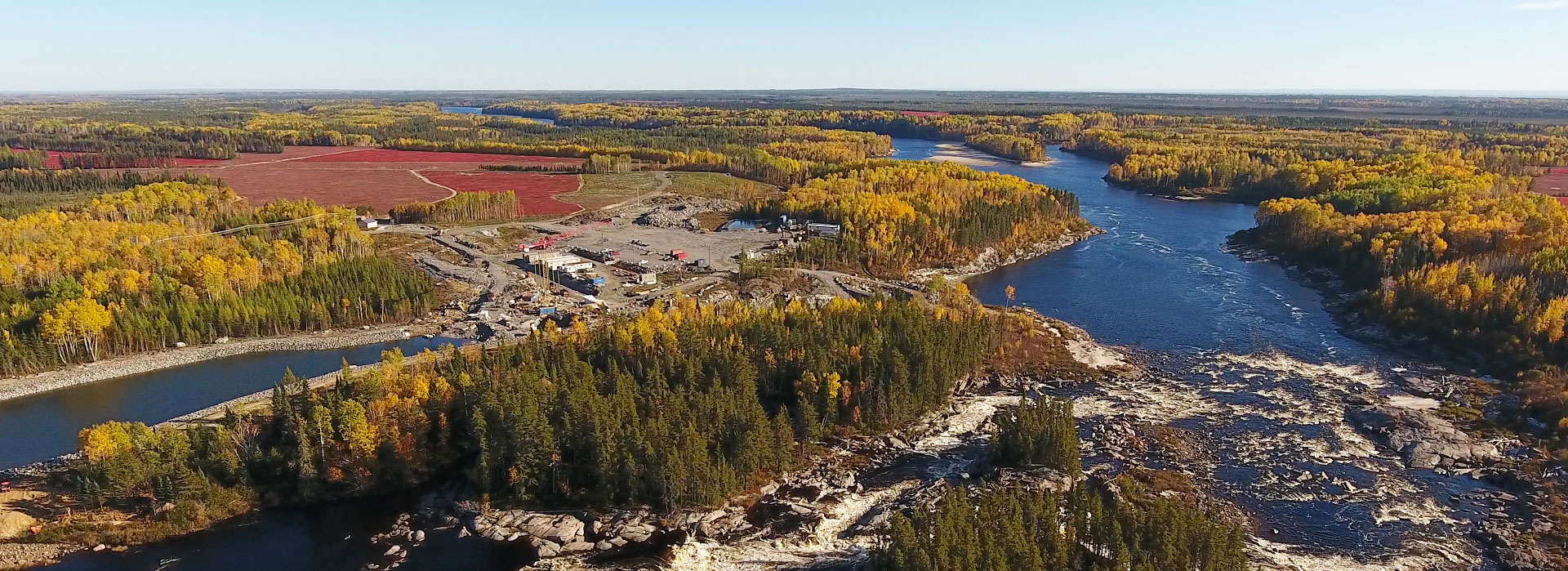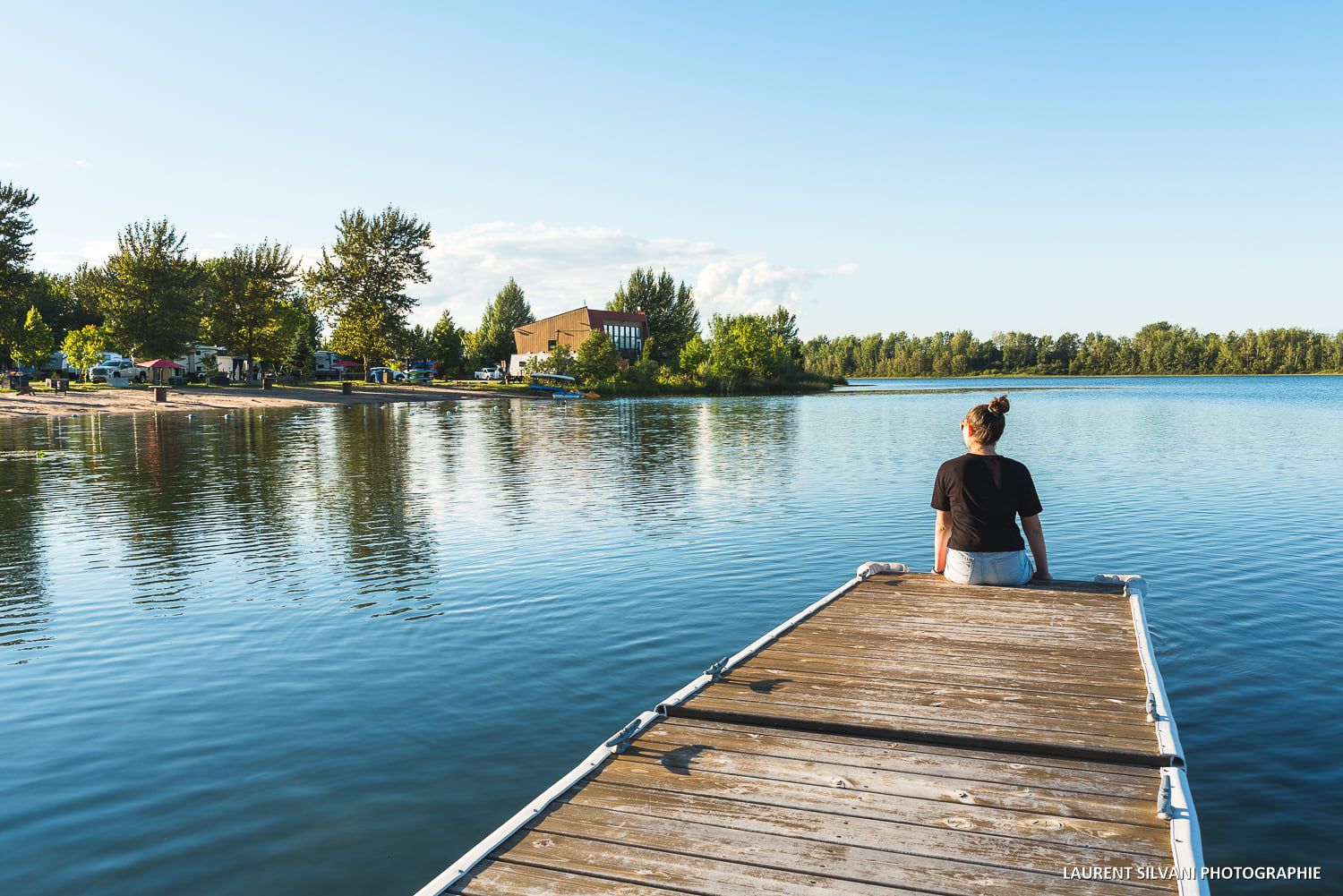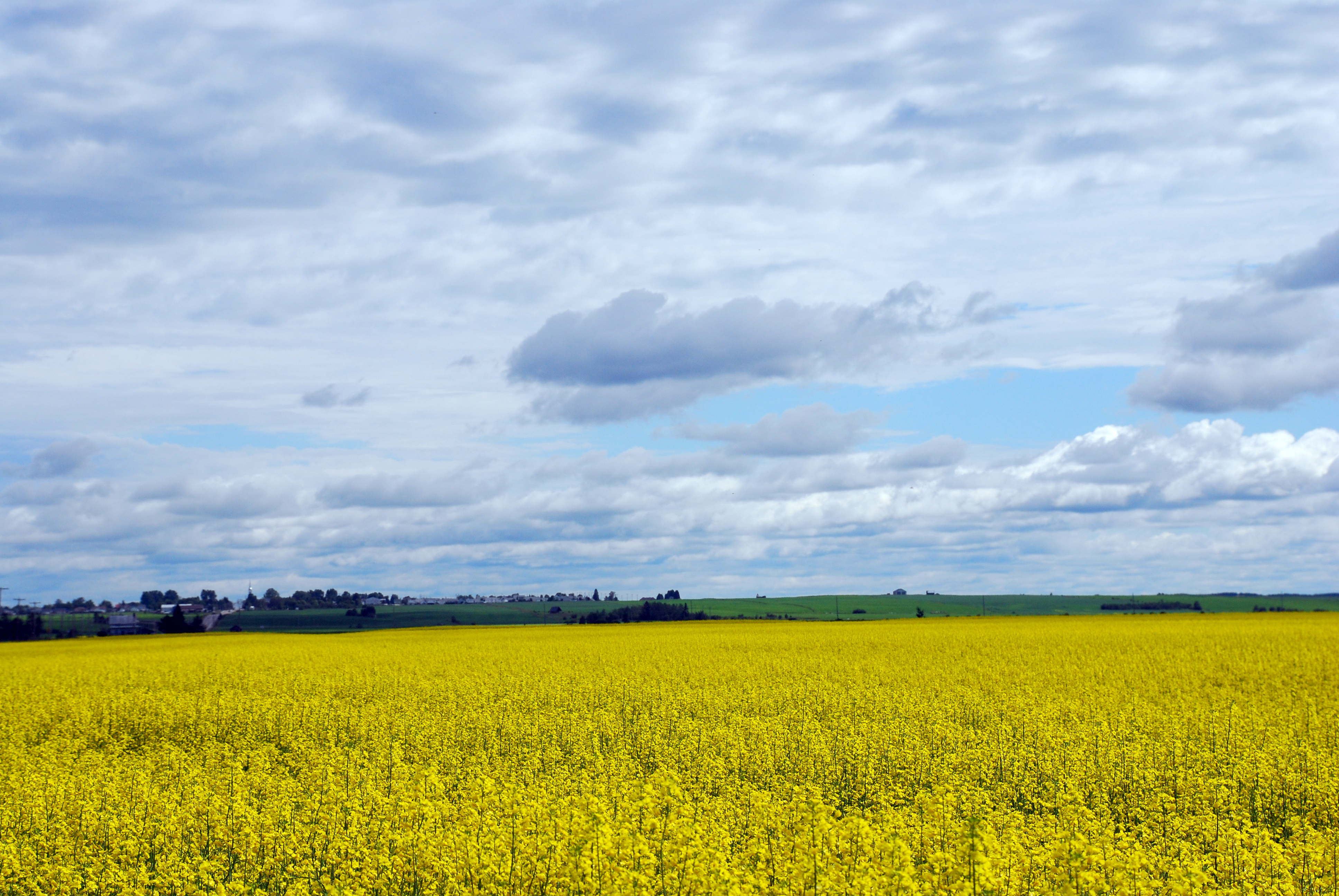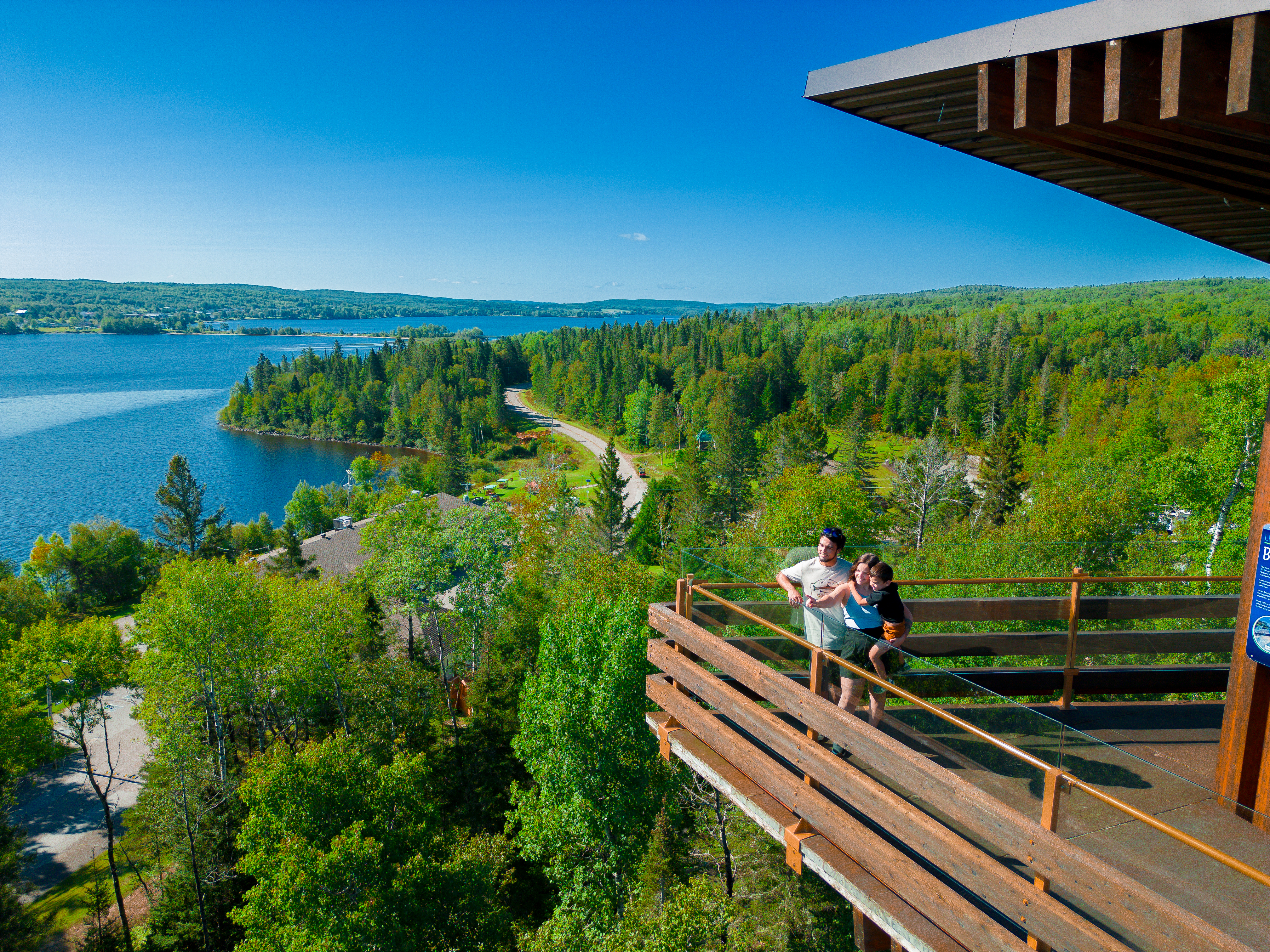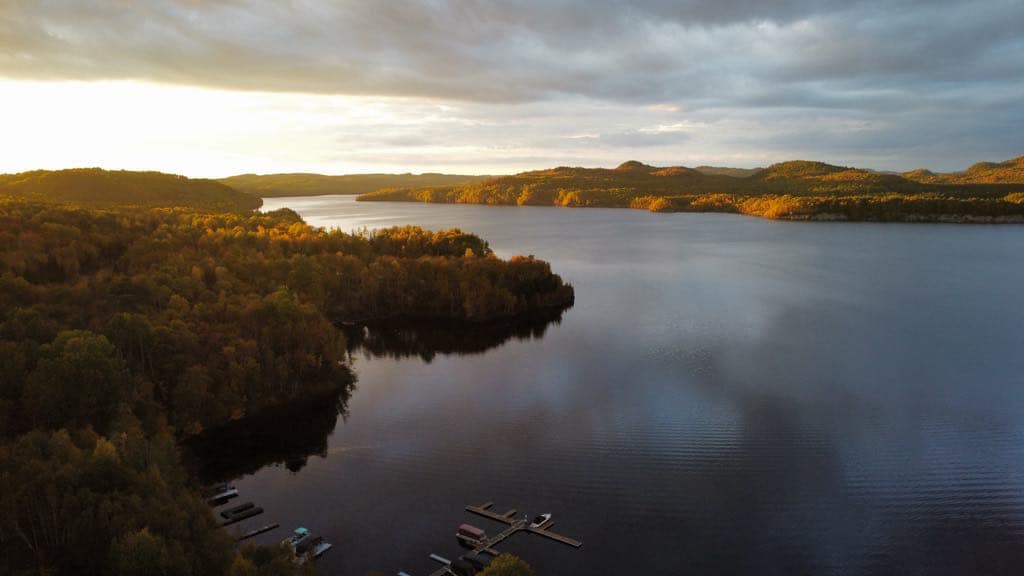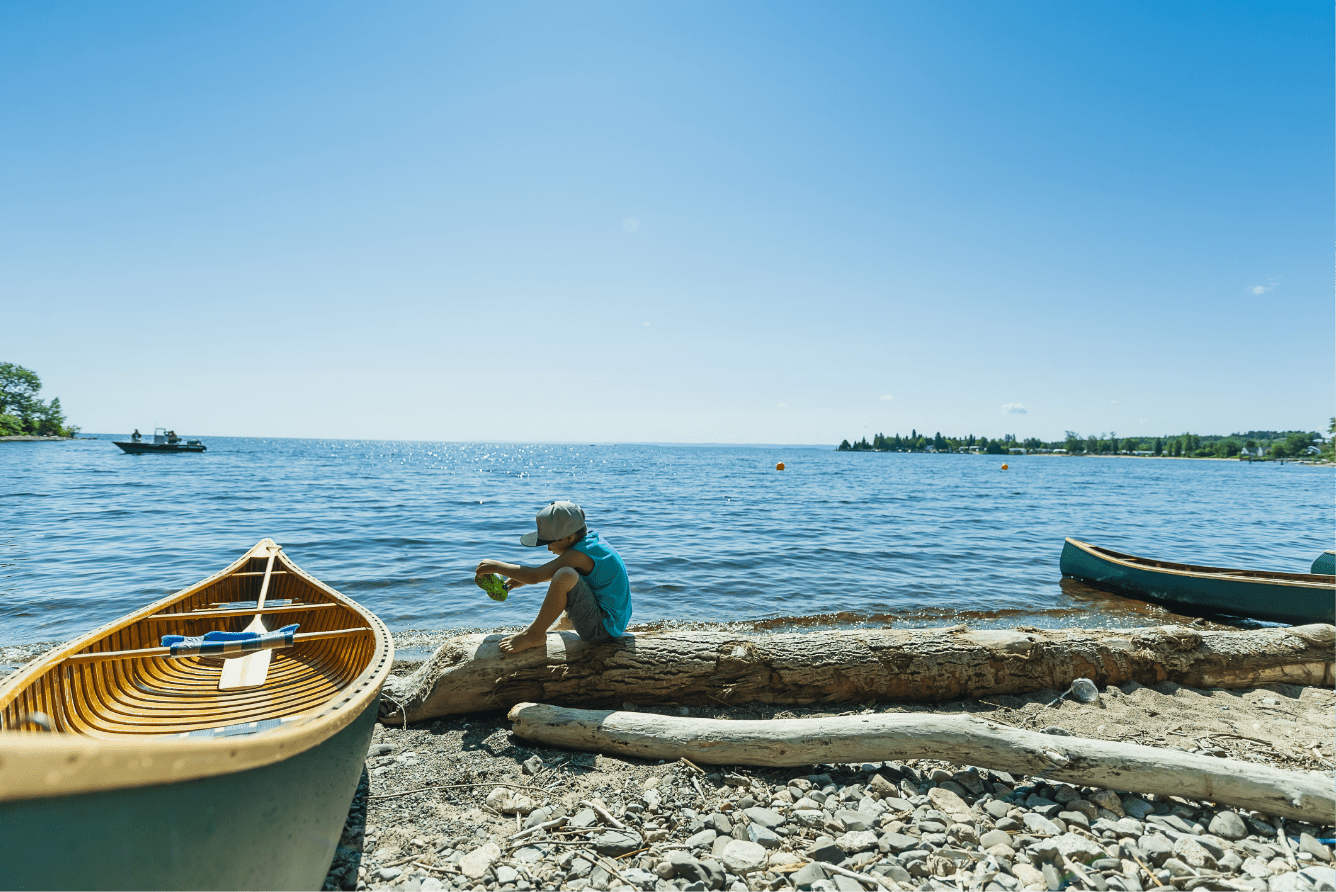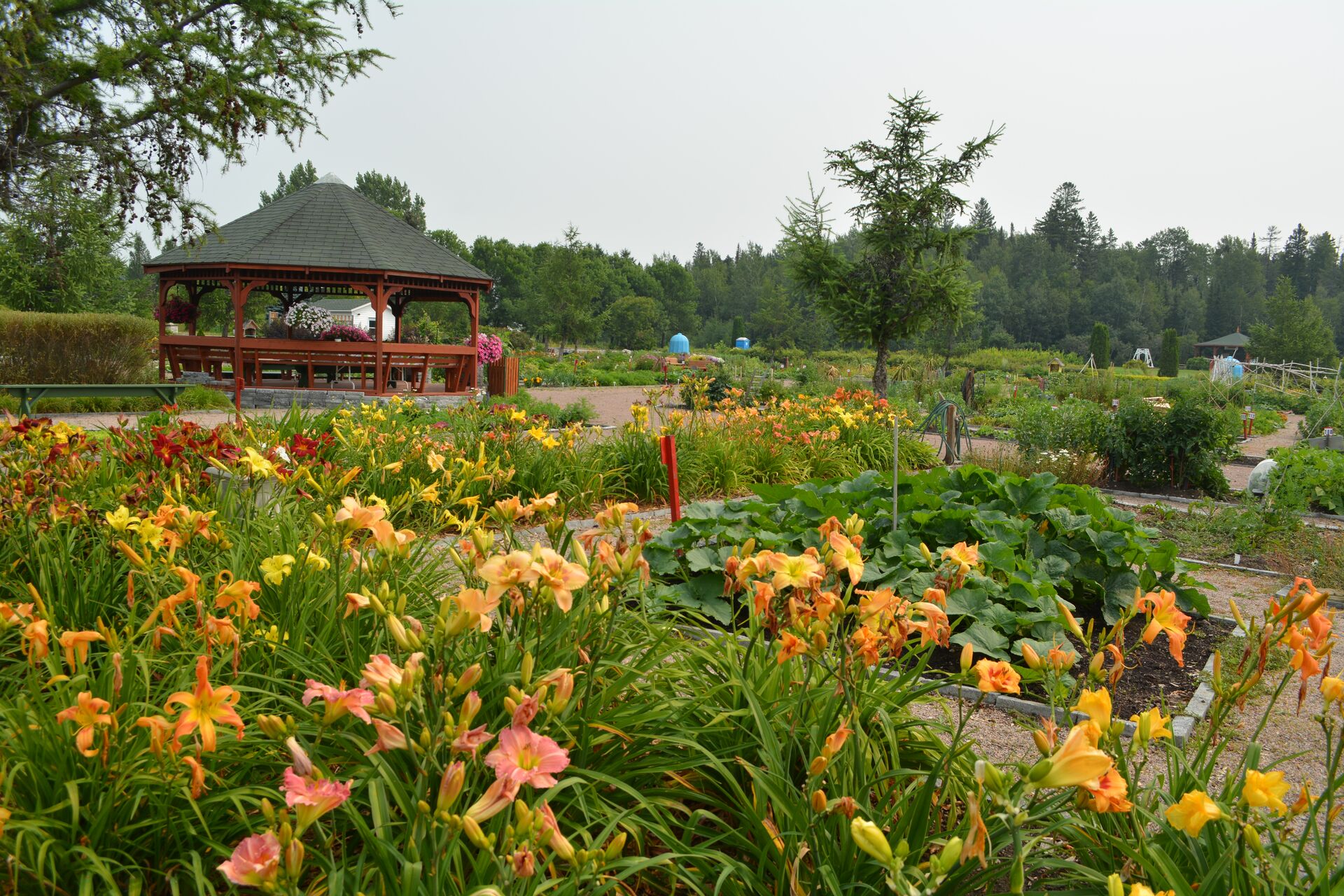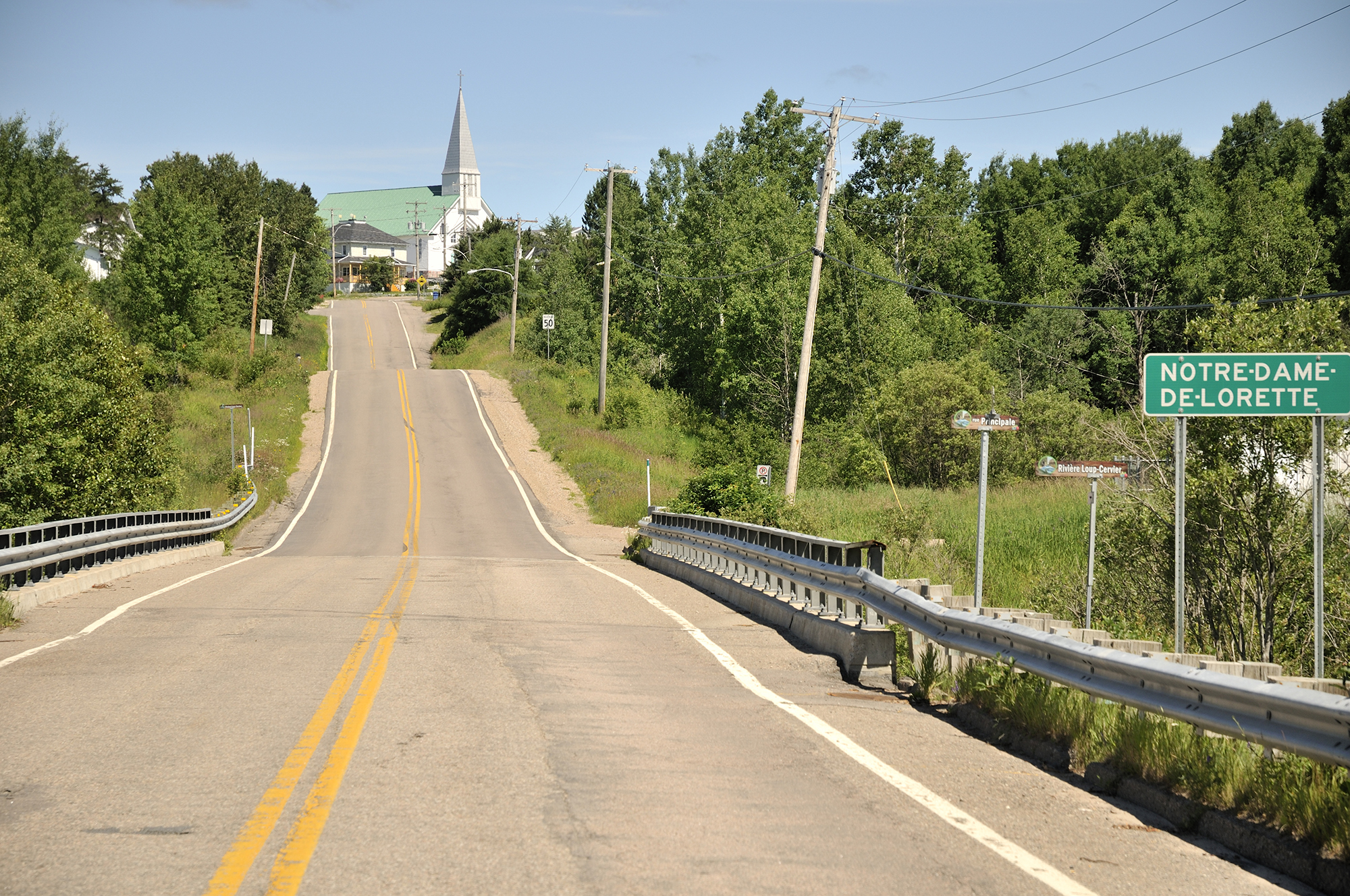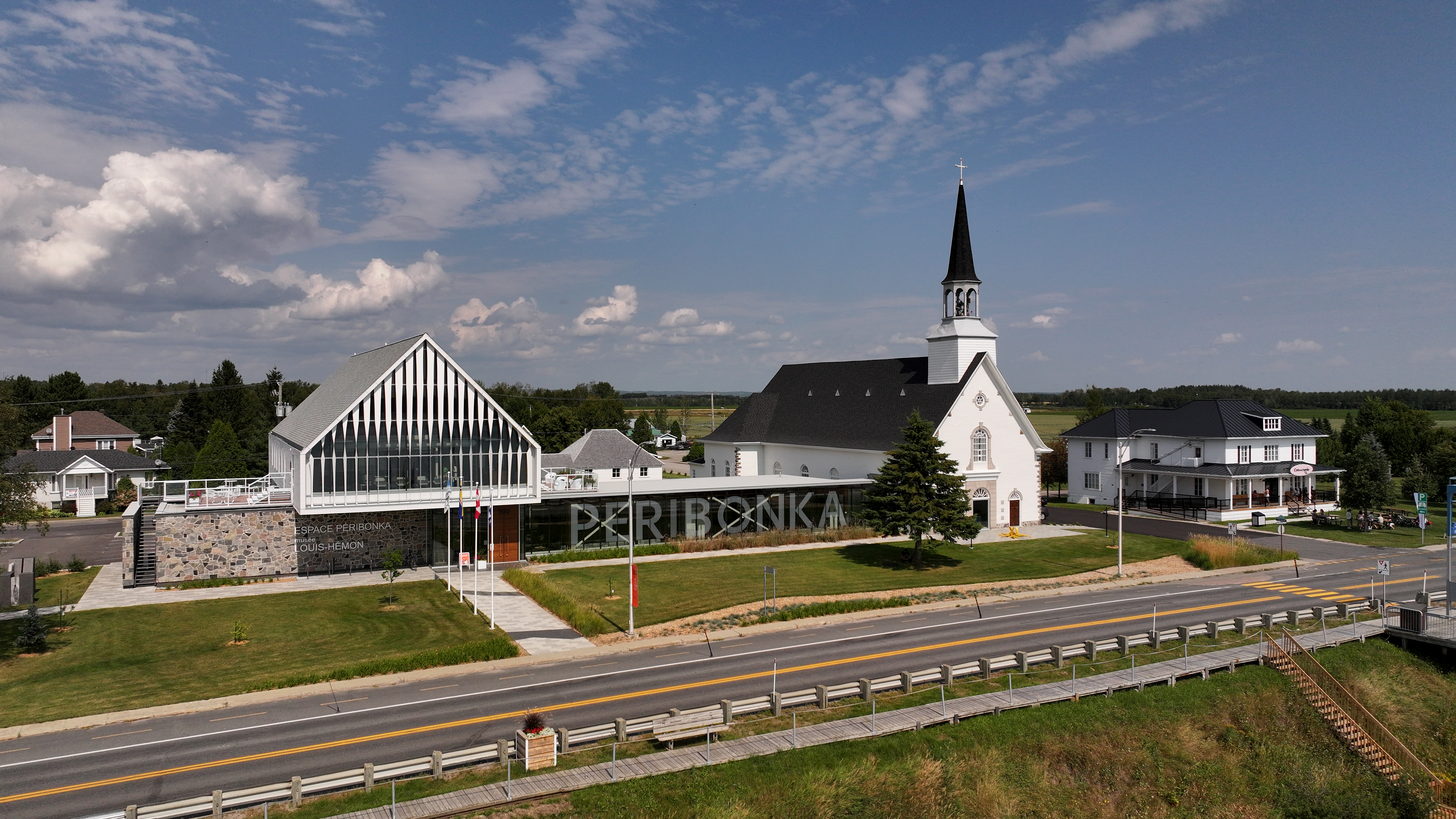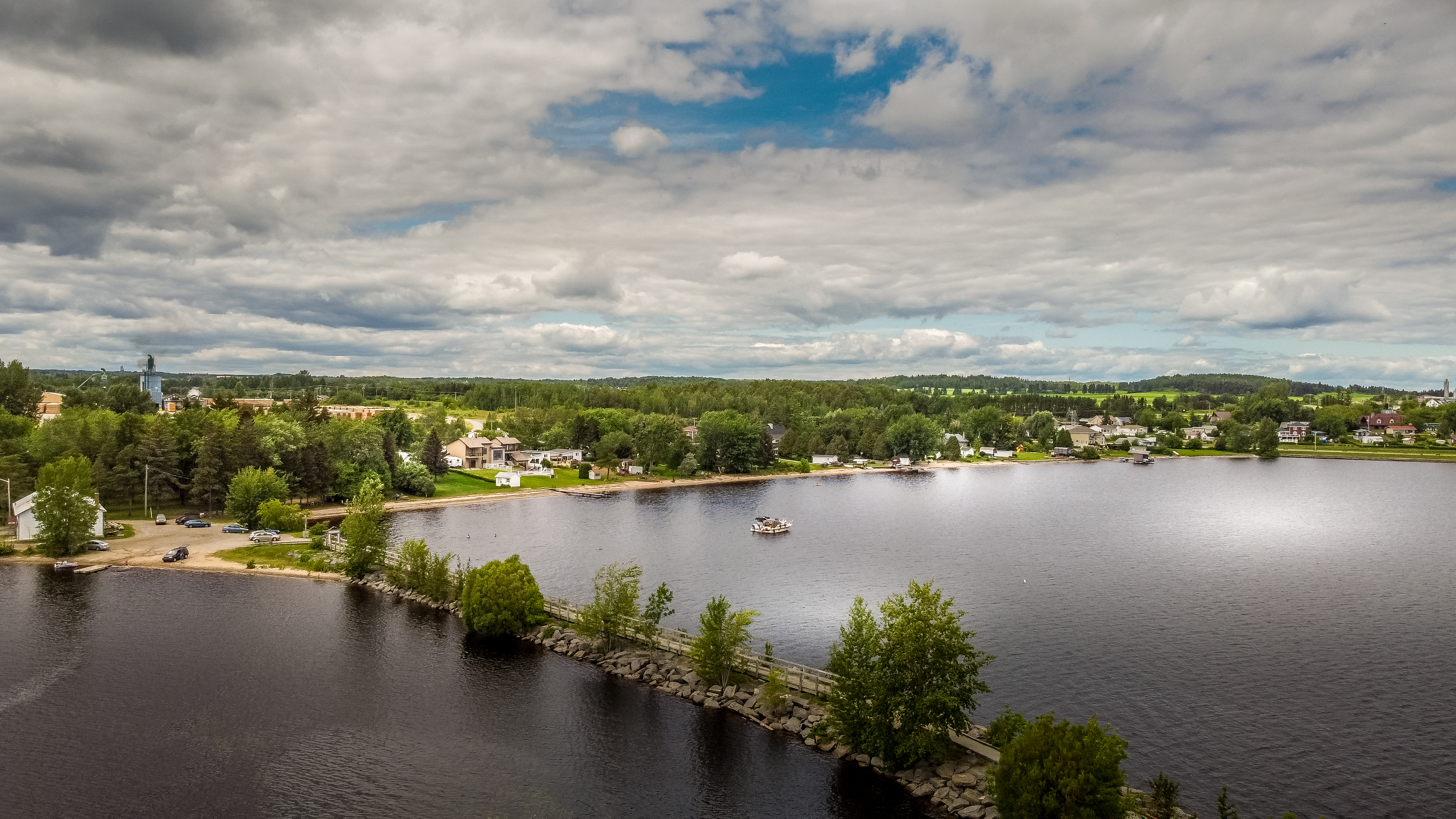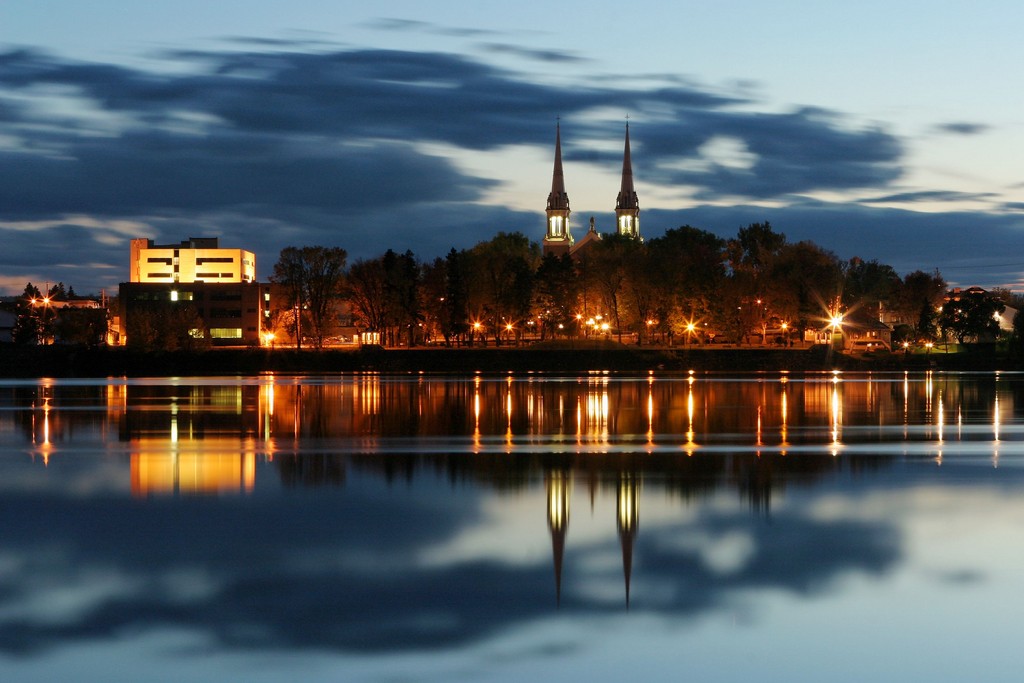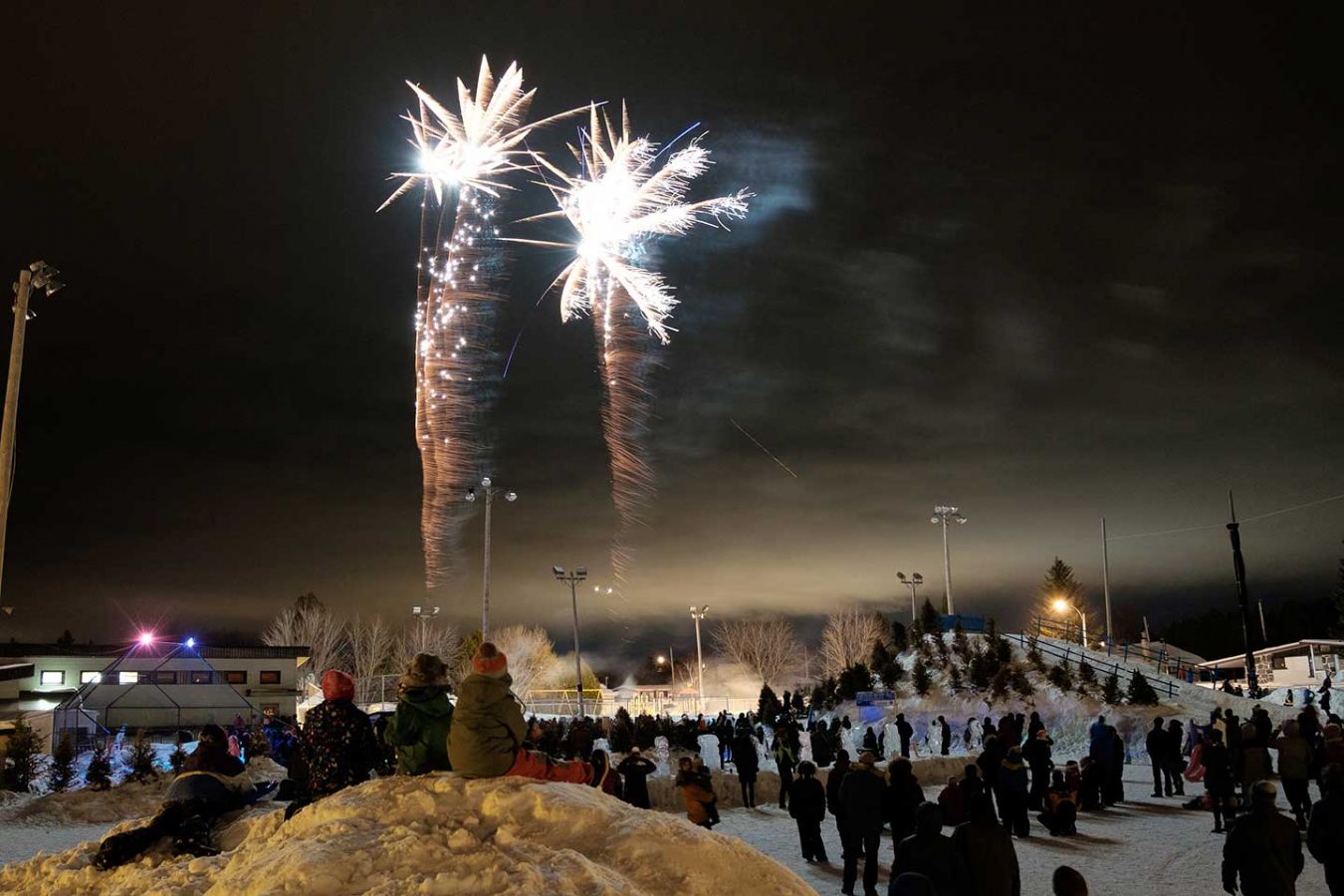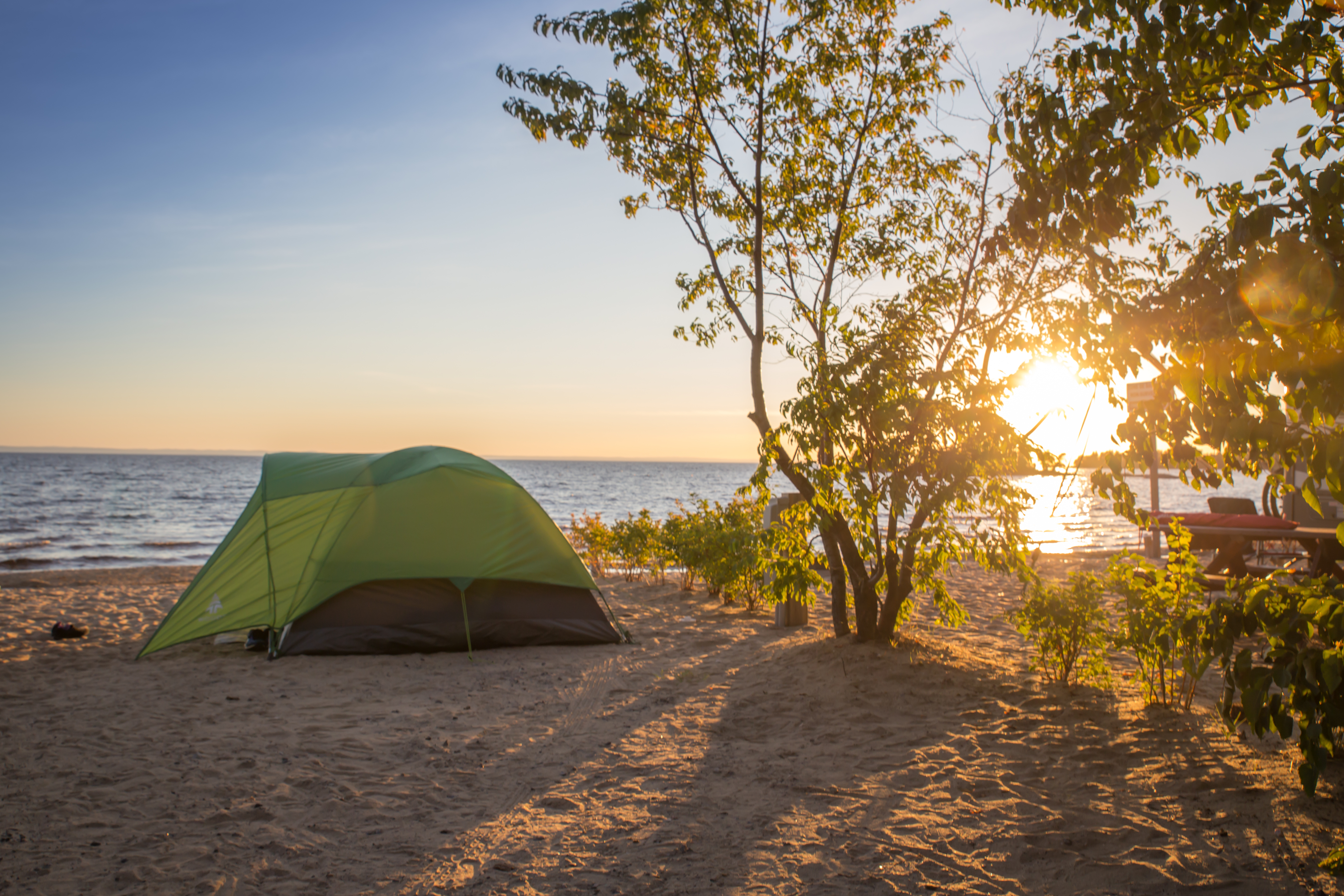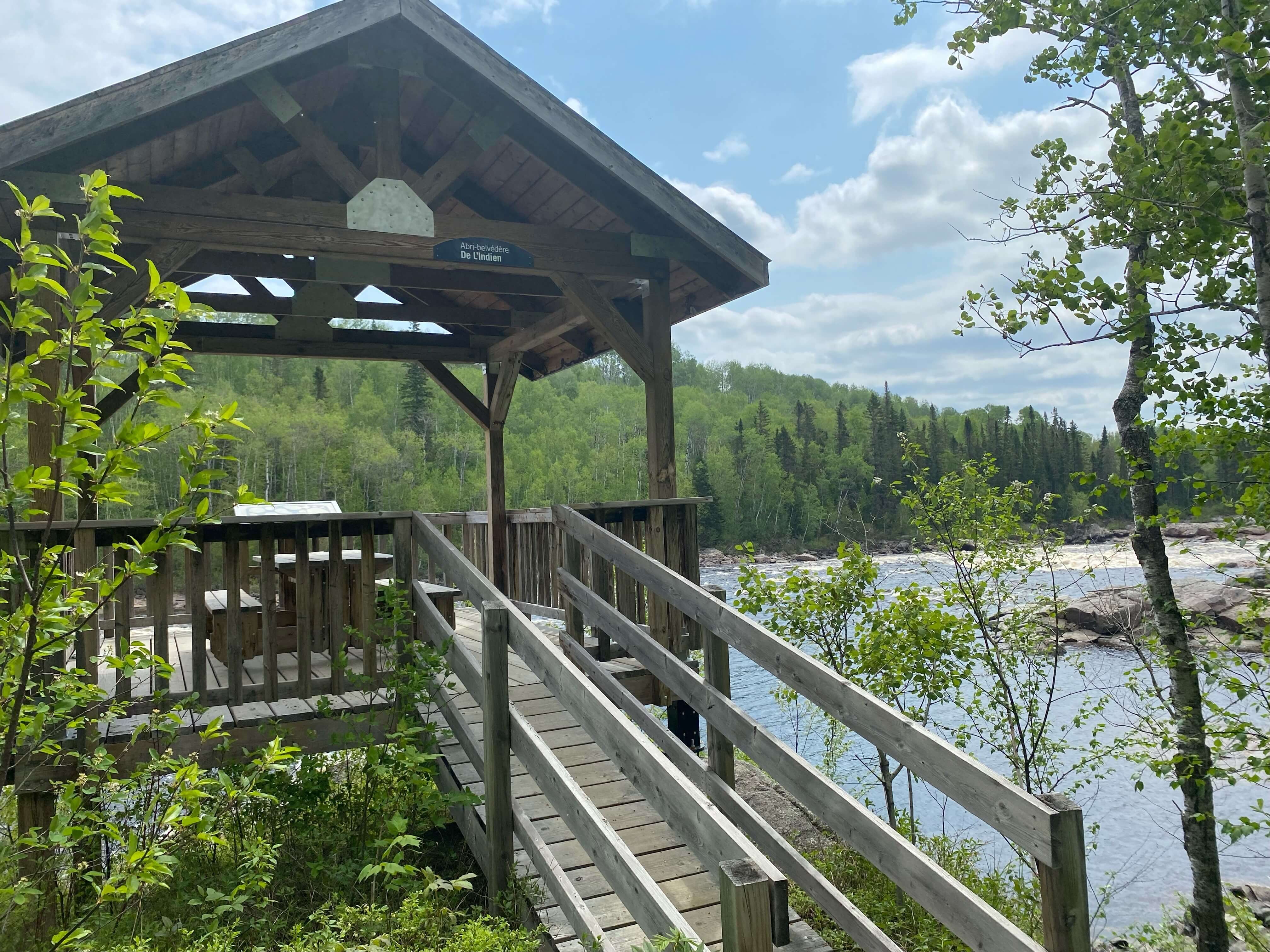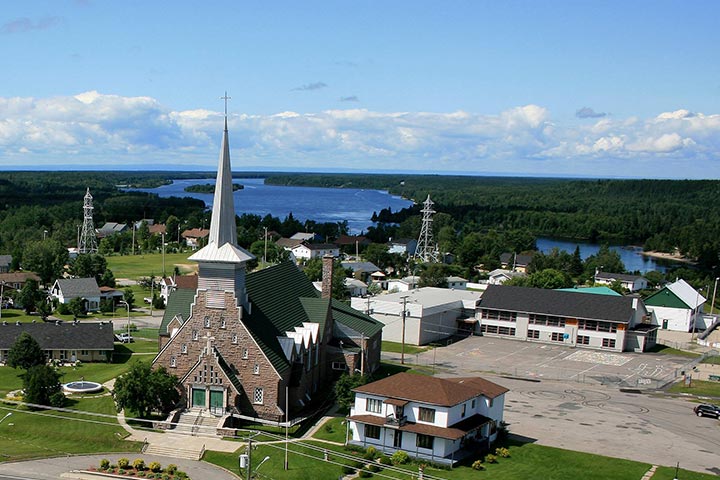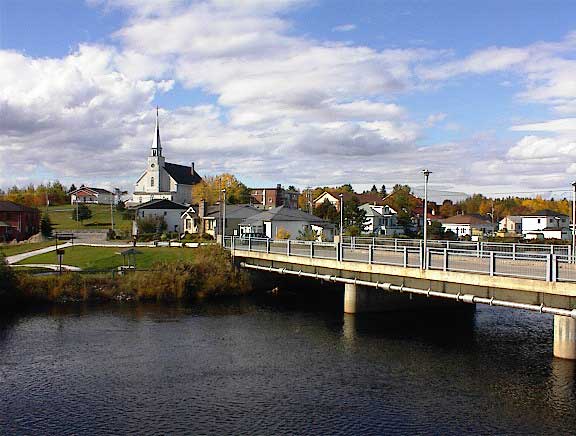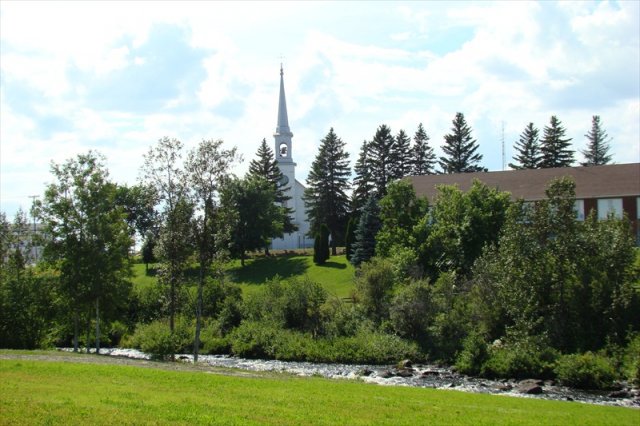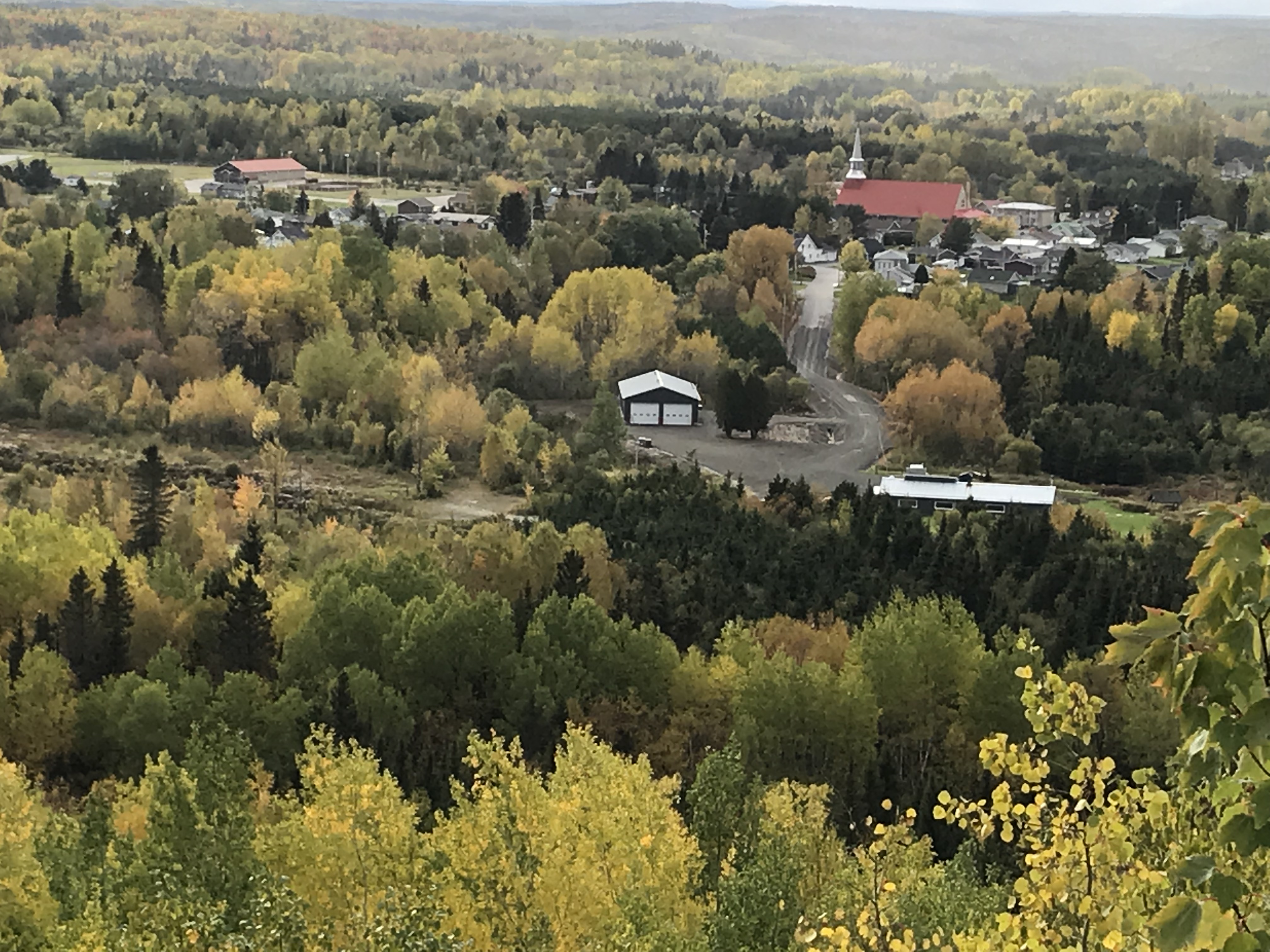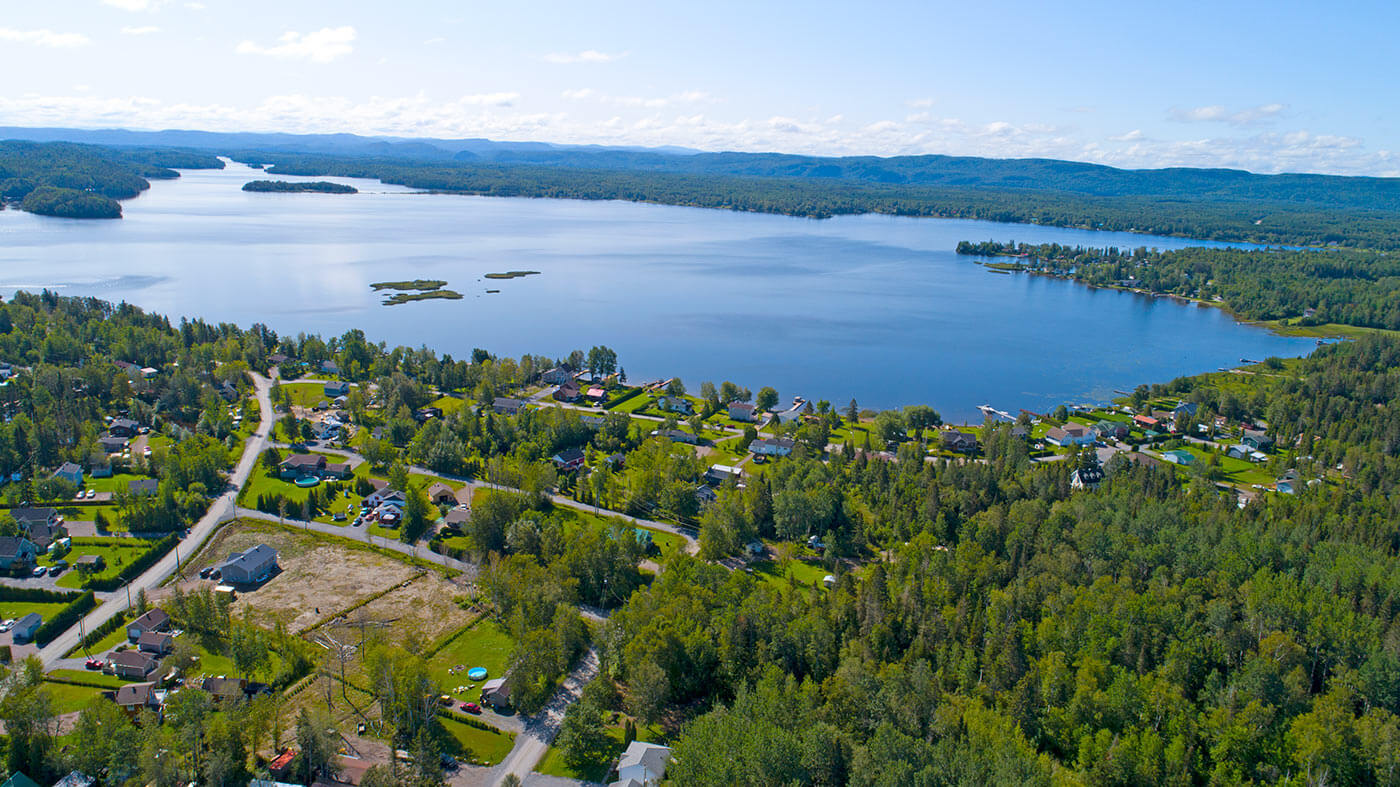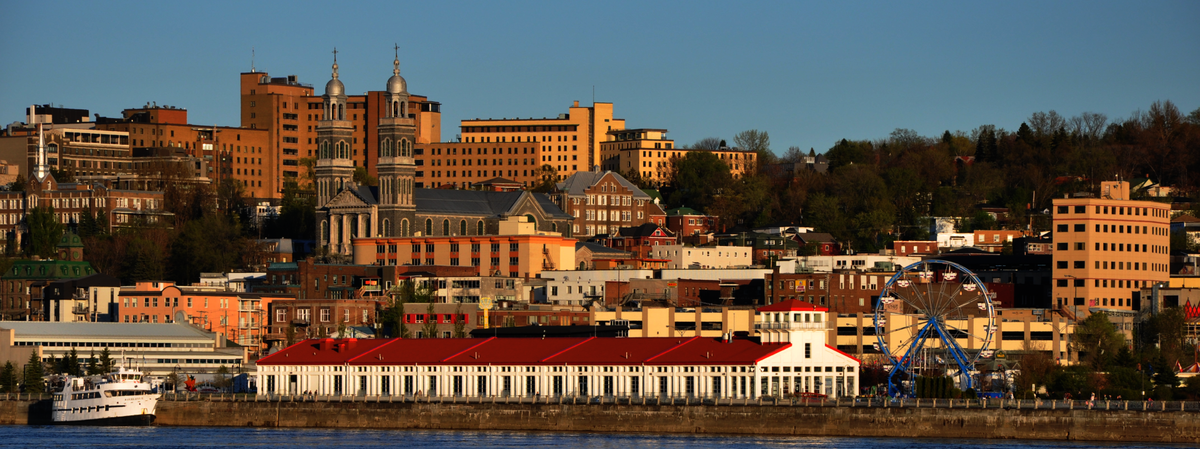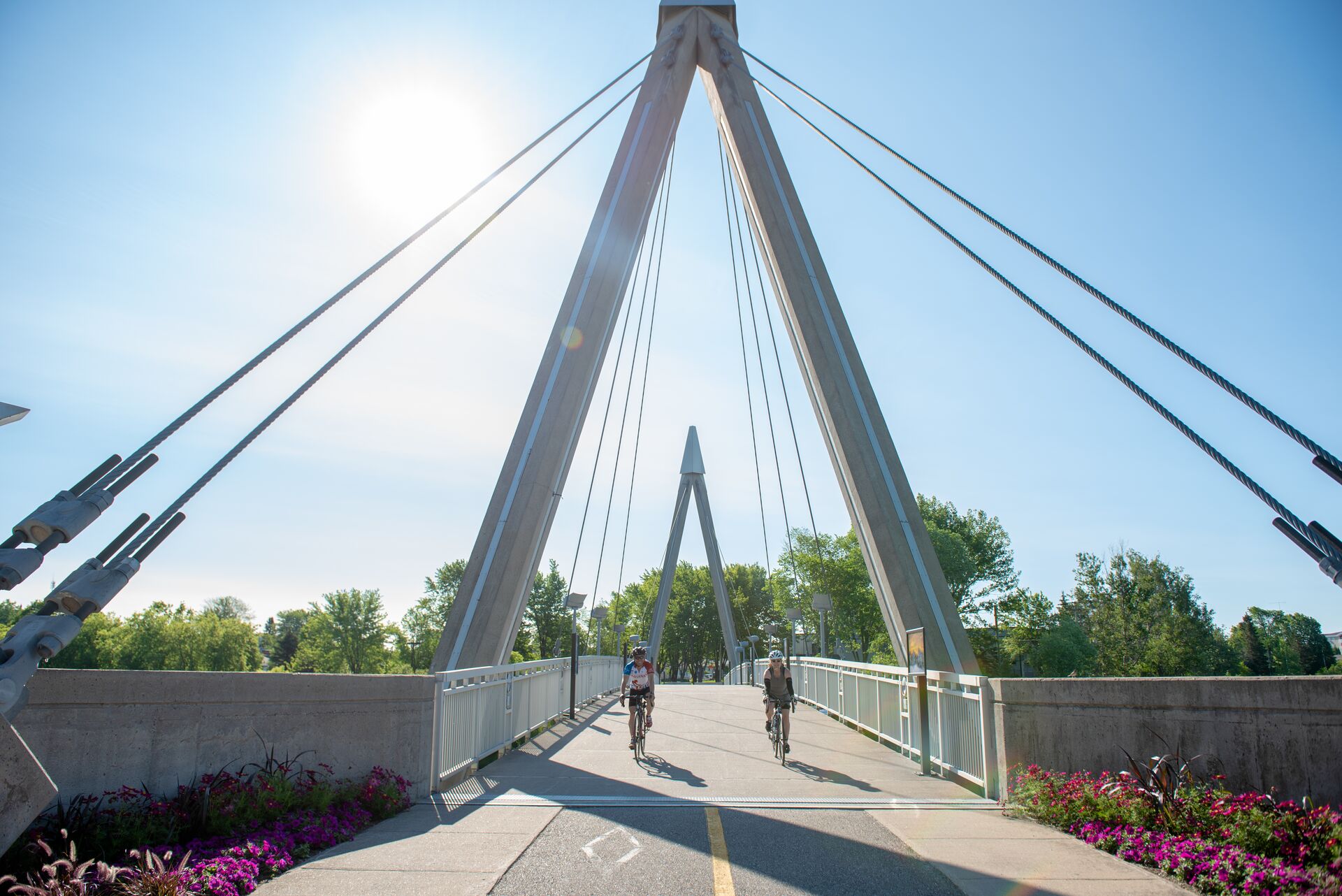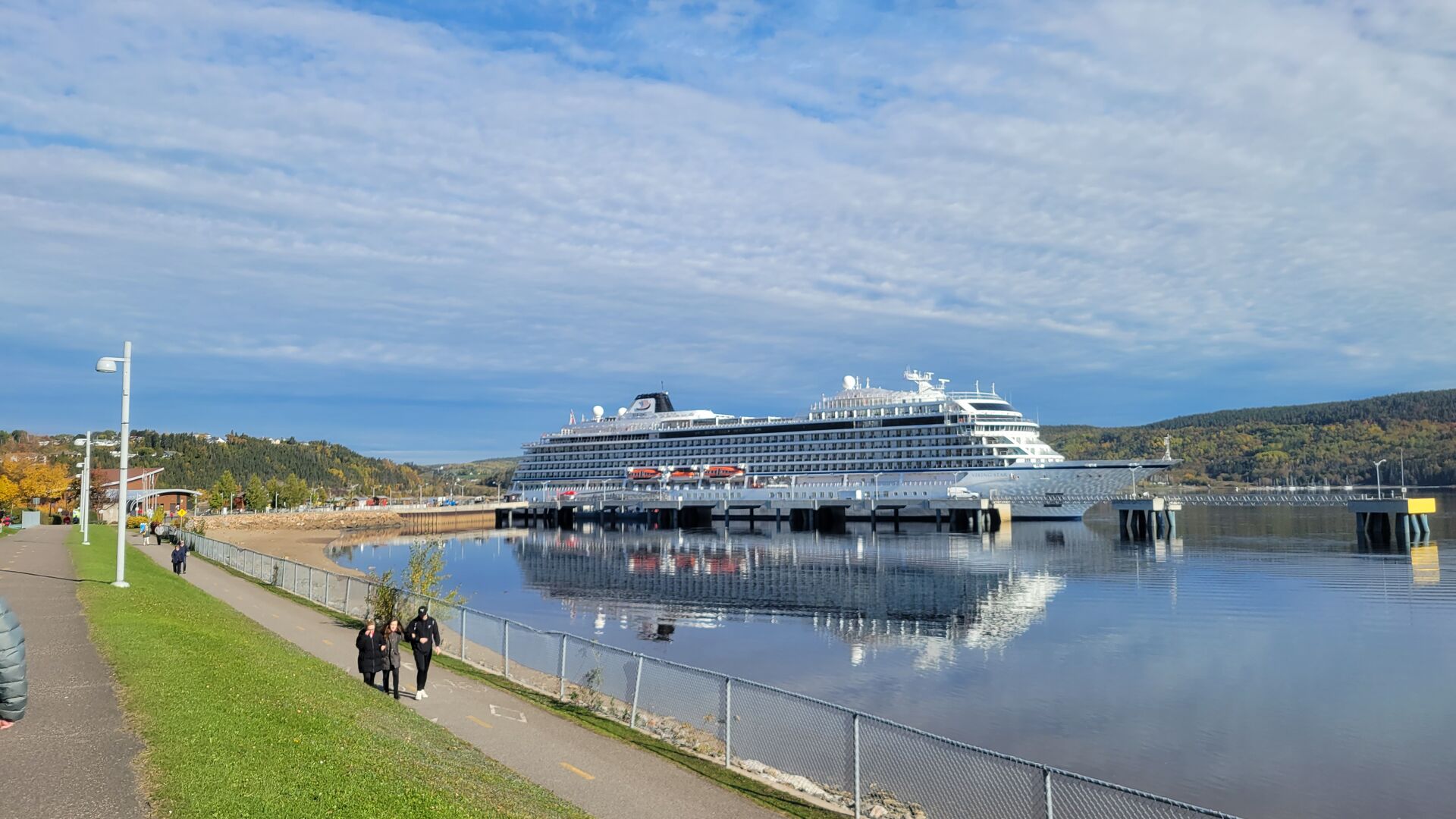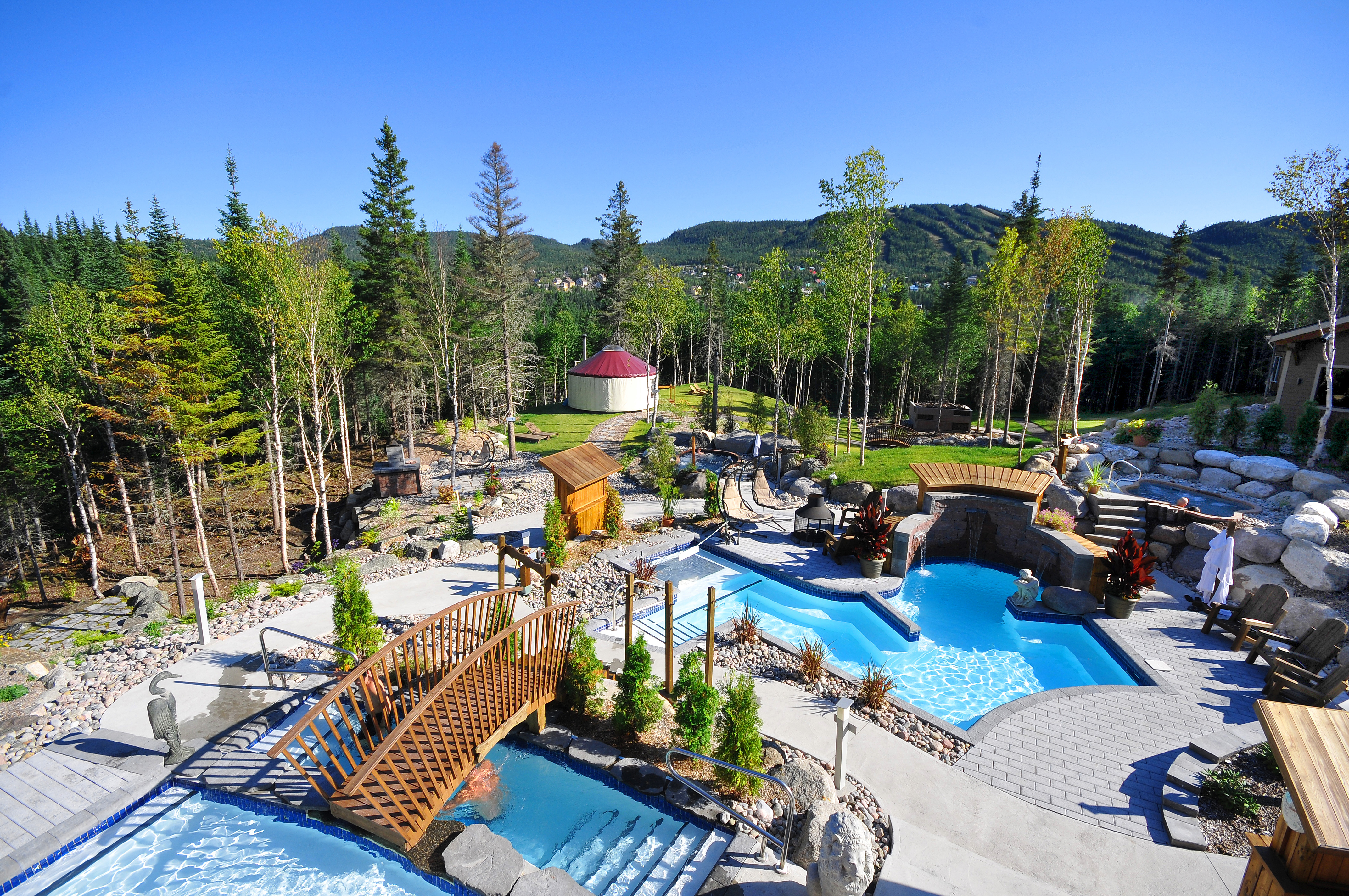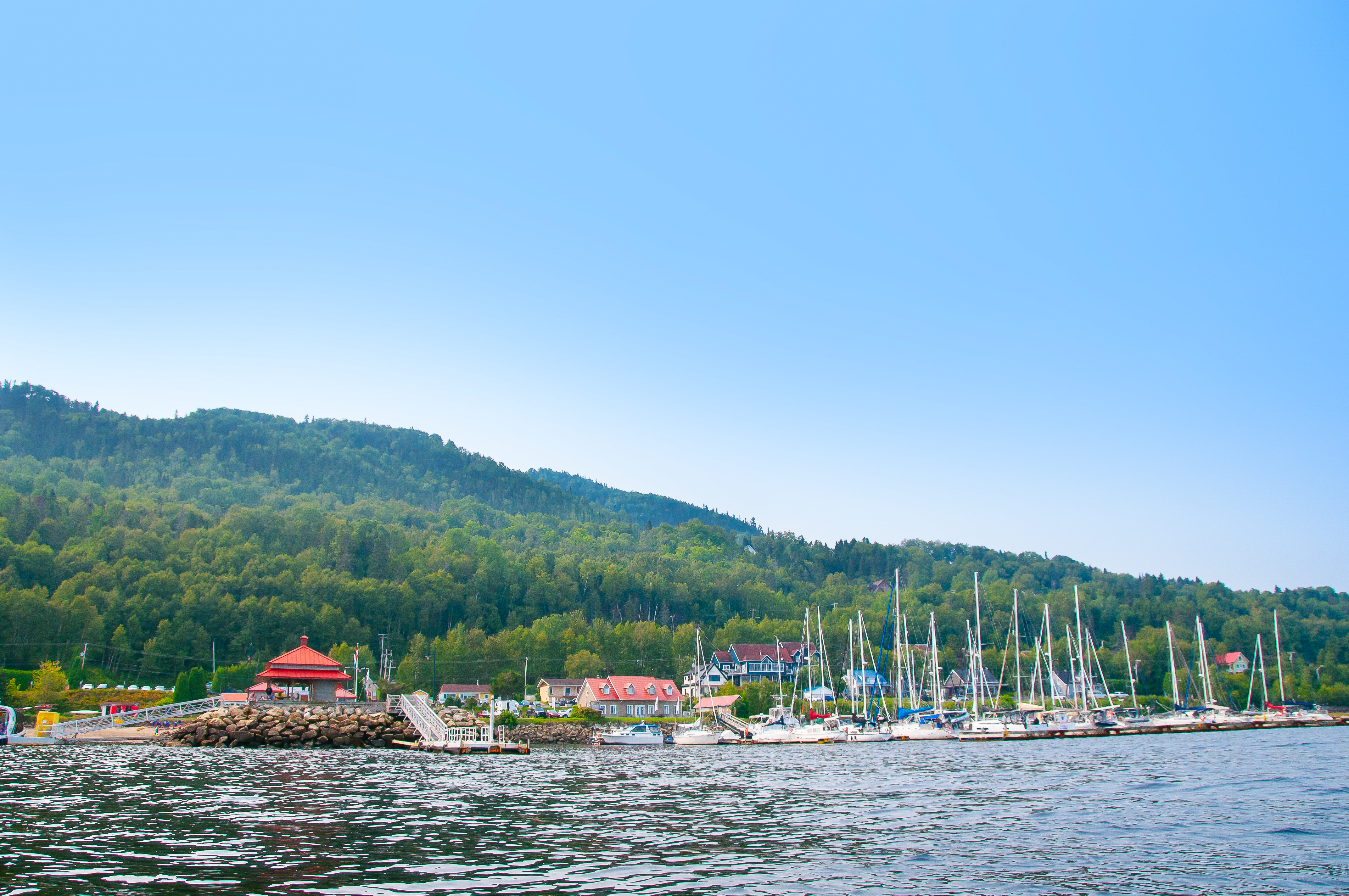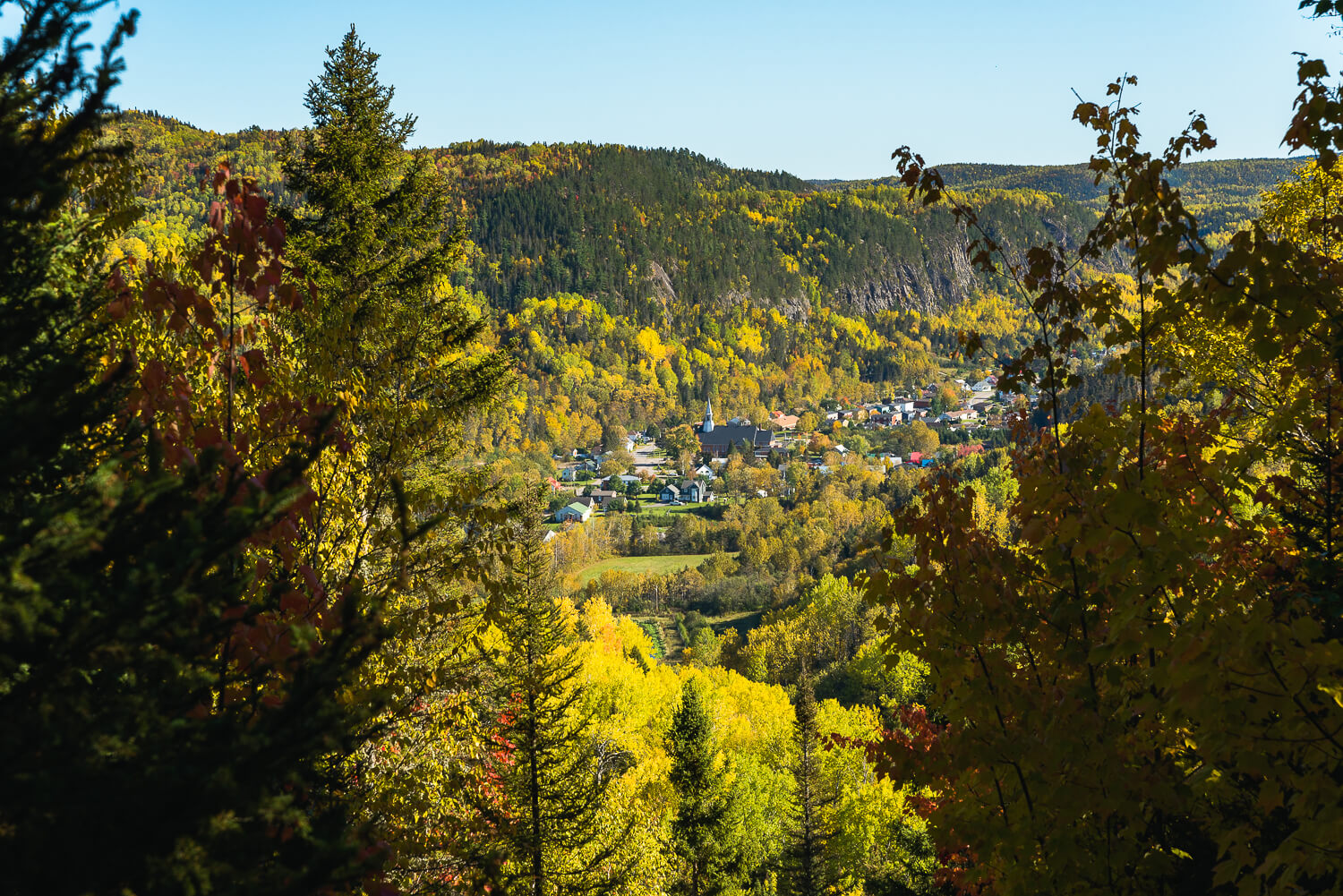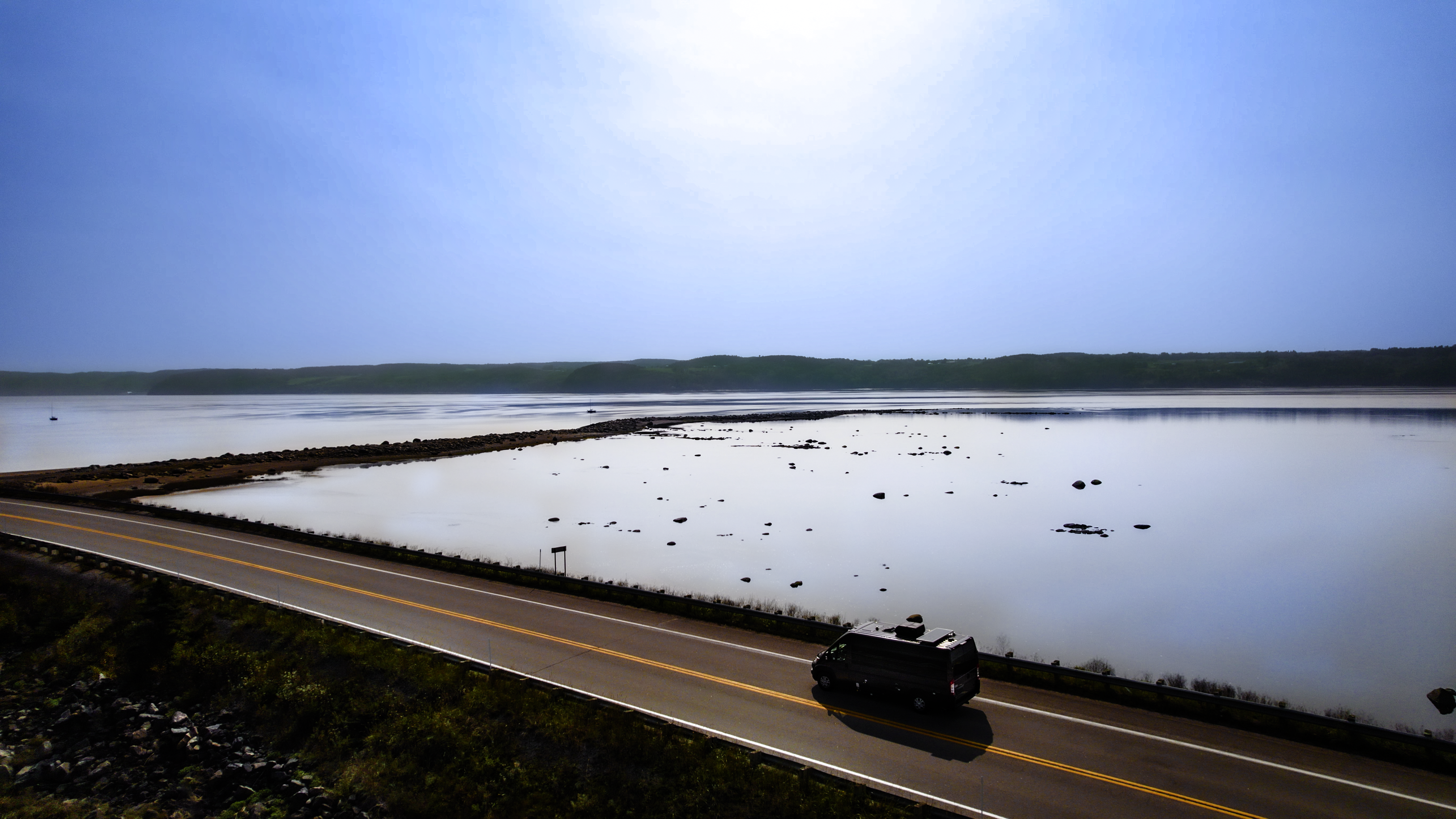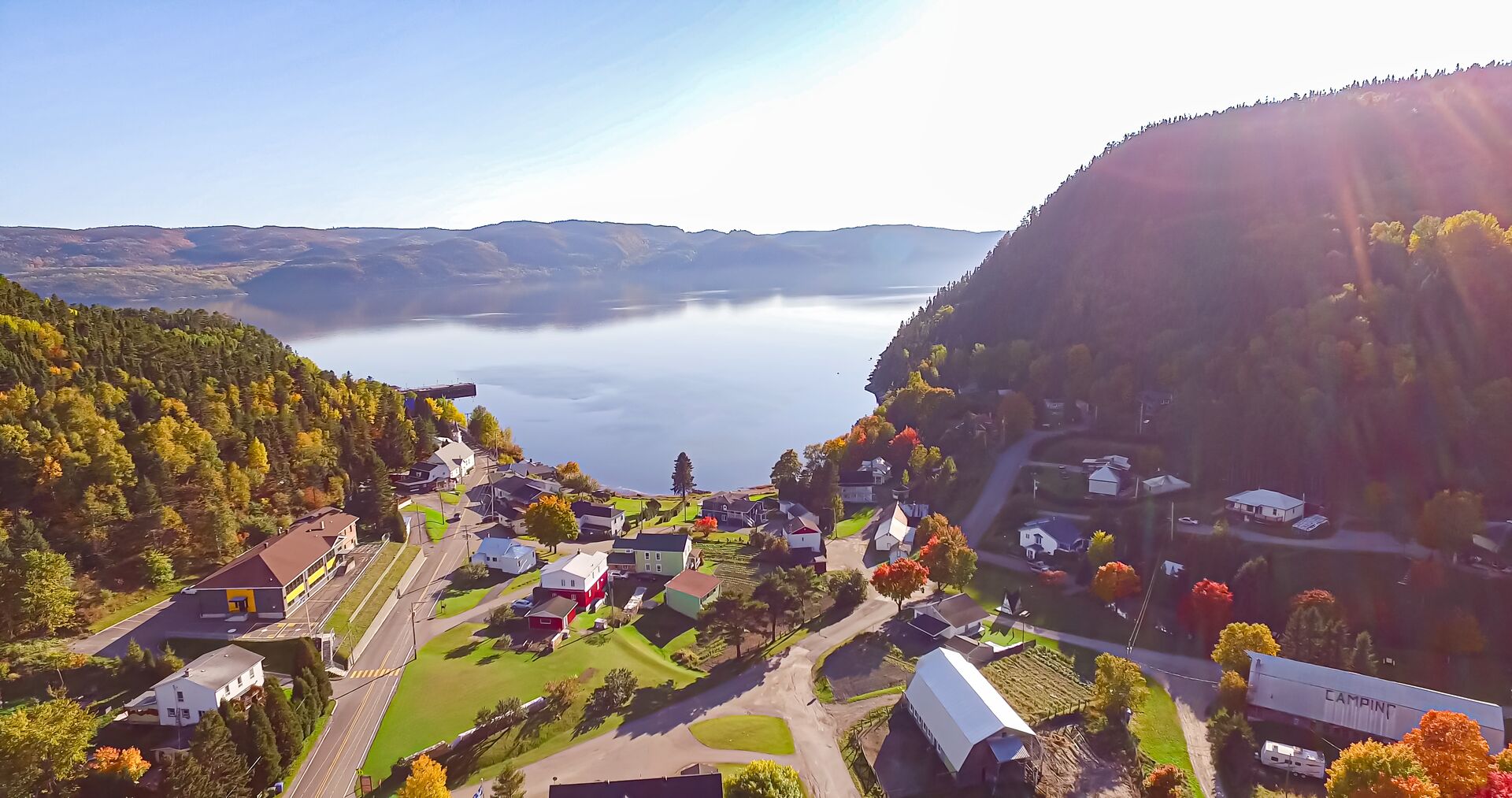How about a lake with warm, fresh waters where the whole family can enjoy a dip? With its 42 km of beaches, the lake is a true seaside destination to discover from one end to the other. To explore this area, the Véloroute des Bleuets lets you cycle along the shores to admire the immensity of this inland sea. You'll discover passionate cheese and beer producers, chocolate-craving monks and, of course, our famous blueberries. In winter, discover the lake transformed into a desert of ice where you can enjoy many unique and innovative activities. Lac-Saint-Jean is all this and more!
Around the lake from East to West

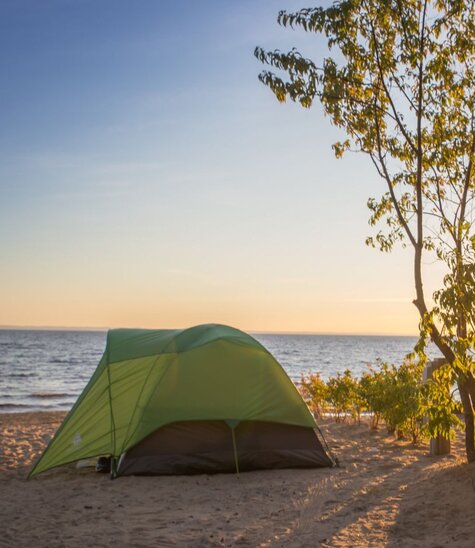
The towns and villages of Lac-Saint-Jean
Saguenay's urban tour
It's impossible to get bored in Saguenay! In the lively streets of downtown during festivals, or in its restaurants with local flavors, the pleasure stretches from morning to night. Still got some energy left? Head to one of our many urban parks to get some fresh air close to the city! Nature walks and bike paths await you. In winter, Saguenay hosts numerous Christmas markets and winter activities of all kinds to warm your heart during the cold season.
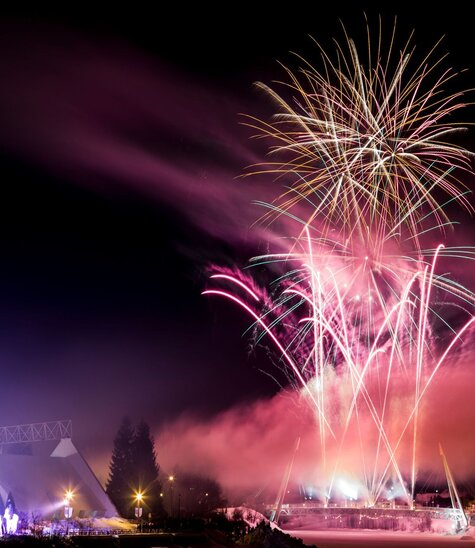

The towns and villages of Saguenay
The wonders of the Fjord
The Fjord sector promotes itself primarily as THE destination for gentle or adrenaline-pumping outdoor adventures. The creation of the Fjord brought with it a lot of big mountains and breathtaking scenery. Did you know that the shores of the Saguenay Fjord are home to some of the most beautiful villages in Quebec? It's also one of the few fjords in North America whose shores are inhabited. In summer, whether you're on the water, in the air or on the roads, you'll be able to appreciate all the beauty the fjord has to offer! In winter, bring your skis or snowshoes and discover breathtaking snow-covered panoramas!
